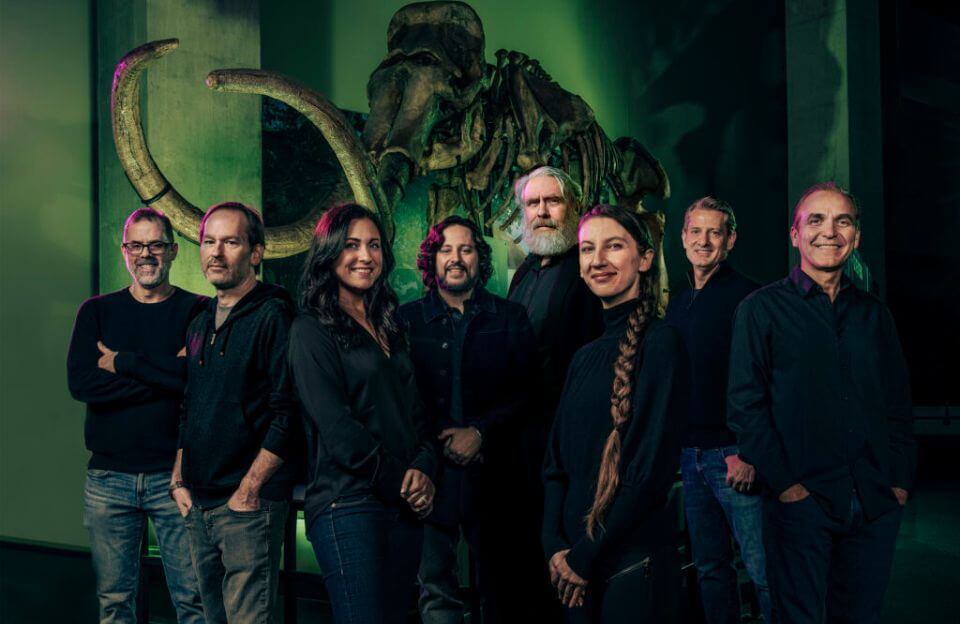
HEALTH
Mini Brains Grown From Stem Cells Developed Light-Sensitive, Eye-Like Features
Eye health researchers can better determine how to treat early retinal illnesses by understanding how eyes develop.

In a new study, researchers created miniature brains that grew a set of eye-like formations known as optic cups.
The optic cups are retinal precursors, and their development within the mini organoids mimicked the emergence of eye structures in human embryos.
According to Michelle Starr of Science Alert, the research could help scientists better understand eye diseases, eye development, and differentiation processes.
The findings were published in the journal Cell Stem Cell this week.
Organoids are three-dimensional tissue cultures that have the ability to replicate organs.
Growing organoids allows researchers to see how organs develop and provides valuable information about how organs might react to specific drugs or treatments.
According to Yasemin Saplakoglu of Live Science, researchers grow tiny organoids from stem cells, or cells that have the potential to mature into any cell in the body.
iPSCs are created by transforming adult human cells, typically from a skin or blood sample, into an embryonic-like state.
Previously, only isolated retinal cells or optic cups were grown in the lab.
According to Science Alert, Jay Gopalakrishnan, an organoid expert at University Hospital Düsseldorf, and his colleagues used iPSC-grown mini brains to see if eye structures could develop as an integrated part of the organoid rather than growing the two parts separately.
The optic cups formed 30 days after the cells developed into mini-brains and fully matured at 50 days.
Because the timing corresponded to eye development in a human embryo, the process could be used to study how eyes develop in utero.
72 percent of the 314 mini-brains created grew optic cups.
According to Futurism’s Victor Tangermann, scientists are now investigating how to keep the optic cups operational for longer in order to study retinal disorders.
GET FORA IN YOUR INBOX.

THE LATEST
Crime
Turtle With $53 Million Worth of Cocaine Was Found By The US Coast In The Eastern Pacific
Turtle With $53 Million Worth of Cocaine Was Found By The US Coast In The Eastern Pacific In an unexpected …
February 28, 2023
Tech
Mysterious Flesh Pit National Park
Mysterious Flesh Pit National Park “Discover verdant forests, majestic scenery, and cosmic terror.” That’s the tagline on this eye-catching poster …
February 22, 2023
Science
How ‘Flat Earthers’ Persist After Being Proven Wrong Over And Over Again
How ‘Flat Earthers’ Persist After Being Proven Wrong Over And Over Again Flat-earthers believe one of the most curious conspiracy …
February 21, 2023
History
This Is The Only Existing Photo of Chernobyl Taken On The Morning of The Nuclear Accident
This Is The Only Existing Photo of Chernobyl Taken On The Morning of The Nuclear Accident The heavy grain is …
February 20, 2023
GET FORA IN YOUR INBOX.








